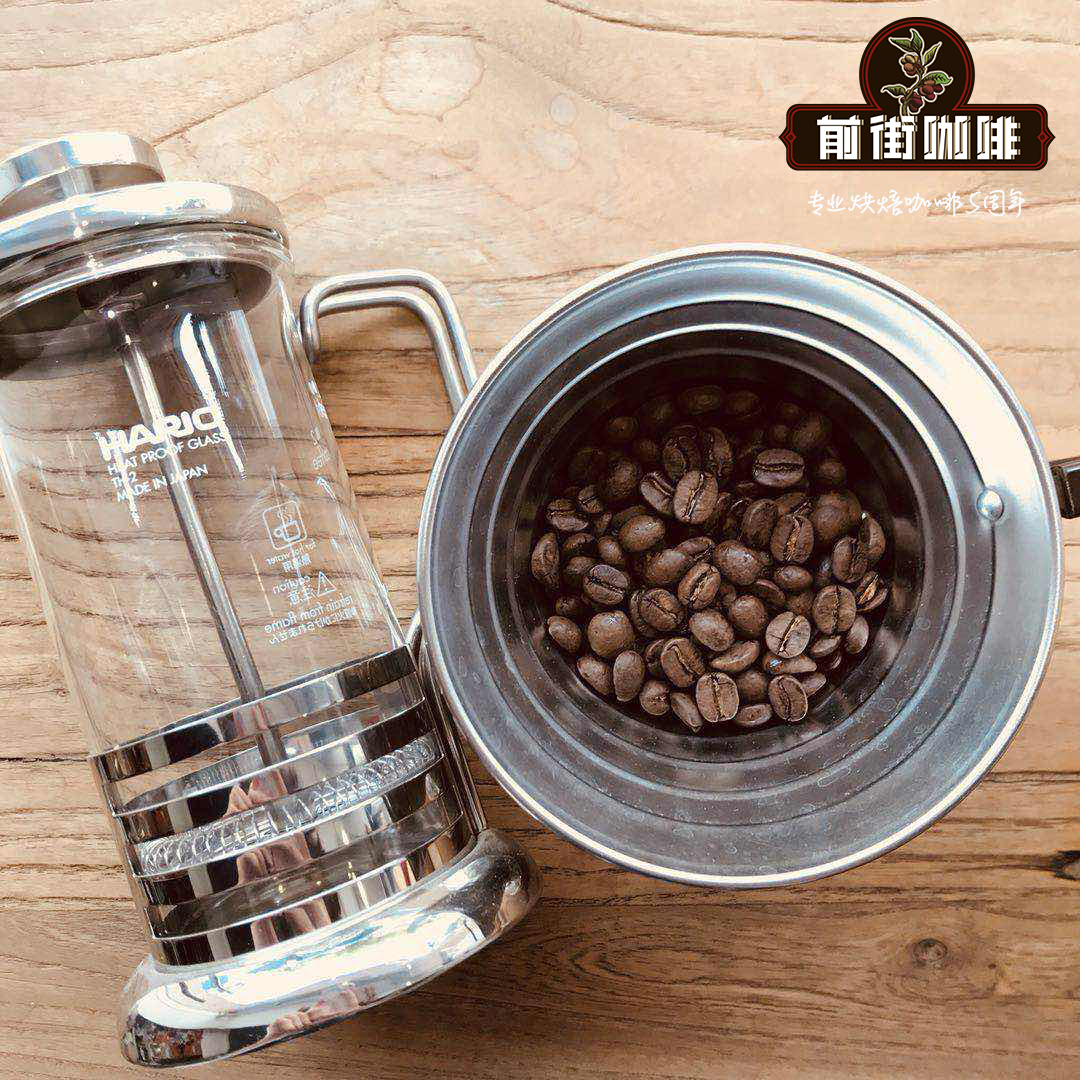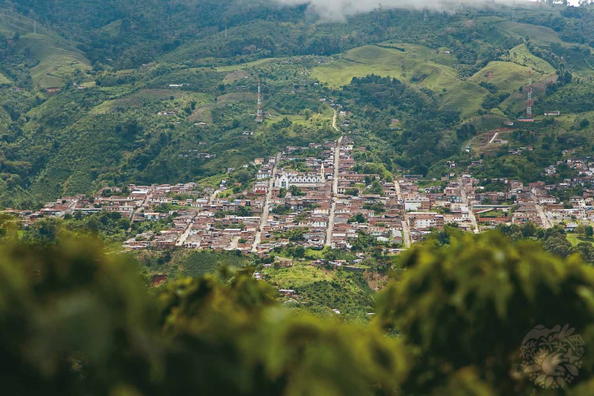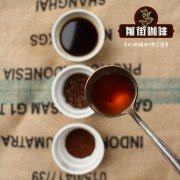A brief introduction to the Colombian examination Card Excellence Cup

Professional coffee knowledge exchange more coffee bean information please follow the coffee workshop (Wechat official account cafe_style)
Country: Colombia
Colombian coffee culture is an outstanding example of cultural landscape, continuous and productive, and it also represents a unique tradition that is of far-reaching significance to coffee-growing areas around the world. This heritage is located in the foothills of the central and western Andes in western Colombia and consists of 18 town centers in six agricultural landscapes. The coffee planting tradition here for more than a hundred years is mainly reflected in the small area planting in the forest and the unique planting methods adopted by farmers to overcome the influence of the alpine environment. The urban area within the landscape is mainly located on the relatively flat top of the mountain, and the slopes below the top are dotted with coffee fields. The urban architecture is mainly based on the Spanish-style colonial architecture of Antioquia. The building material ── used in these buildings is also the building material still used in some areas today. ── is clay mortar mixed with straw and compressed sugar cane, which is used to make walls, and clay tiles used to make roofs.

Colombian Cauca province Coca Excellence Cup
Cauca province is one of Colombia's well-known boutique coffee producing areas, ranging from 1758 meters to 2100 meters at high altitude. A fixed rainfall cycle provides favorable results for coffee trees. High-intensity sunshine and low rainfall coincide with the flowering season, which also leaves the equatorial windless zone, providing favorable flowering conditions for coffee trees. The low nocturnal average temperature caused by high altitude slows down the ripening of coffee beans, improves the acidity and gives them special sweetness. There are sweet and juicy black plum and dark berry aromas in the first part of the coffee flavor, while the middle part is like drinking purple grape juice and mulberry juice, the sour and sweet feeling beats in the mouth, and the final rhyme has the sweet flavor of candied fruit, which is worth tasting slowly.

Professional coffee knowledge exchange more coffee bean information please follow the coffee workshop (Wechat official account cafe_style)
Important Notice :
前街咖啡 FrontStreet Coffee has moved to new addredd:
FrontStreet Coffee Address: 315,Donghua East Road,GuangZhou
Tel:020 38364473
- Prev

How to make a cup of coffee? Five key tips for brewing fine coffee!
Professional coffee knowledge exchange More coffee bean information Please pay attention to coffee workshop (Weixin Official Accounts cafe_style) What taste can coffee have? If you only drink instant coffee, you must think coffee will only have bitter taste! (Because many people are used to drinking coffee with sugar and milk) But when you really enter the world of specialty coffee, you will find that coffee tastes better than you.
- Next

Recommendation and introduction of famous bean grinder
Professional coffee knowledge exchange more coffee bean information Please follow the coffee workshop (Wechat official account cafe_style) want to taste the best flavor of coffee immediately, the best way is to take fresh grinding, as the coffee beans are ground into coffee powder, the aroma factor will dissipate over time, so the best way to taste is to use it when you want to drink it. In order to drink to the fresh mill, I
Related
- Beginners will see the "Coffee pull flower" guide!
- What is the difference between ice blog purified milk and ordinary milk coffee?
- Why is the Philippines the largest producer of crops in Liberia?
- For coffee extraction, should the fine powder be retained?
- How does extracted espresso fill pressed powder? How much strength does it take to press the powder?
- How to make jasmine cold extract coffee? Is the jasmine + latte good?
- Will this little toy really make the coffee taste better? How does Lily Drip affect coffee extraction?
- Will the action of slapping the filter cup also affect coffee extraction?
- What's the difference between powder-to-water ratio and powder-to-liquid ratio?
- What is the Ethiopian local species? What does it have to do with Heirloom native species?

